News
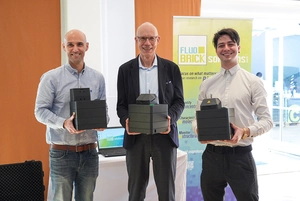
PicoQuant Invests in FluoBrick Solutions to Simplify Access to Single Molecule Research
Partnering to make advanced fluorescence techniques intuitive, affordable, and accessible:
PicoQuant GmbH has invested in FluoBrick Solutions GmbH, a Berlin-based start-up dedicated to lowering the barriers to single-molecule techniques such as Fluorescence Correlation Spectroscopy (FCS) and Förster…
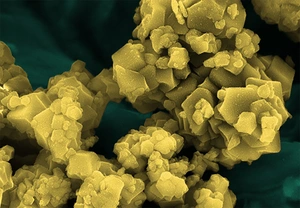
BAM develops innovative measurement methods for safe rechargeable batteries
EU project on sustainable batteries combines several independent measurement methods for analysis under realistic operating conditions:
The Federal Institute for Materials Research and Testing (BAM) is participating in a major European project to develop new measurement methods for sustainable battery materials. The aim is to fundamentally improve the…

HZB team investigates lithium-sulphur batteries in real-time
Findings are helpful to design compact Li-S batteries with a high energy density:
Using a non-destructive method, a team at HZB investigated practical lithium-sulphur pouch cells with lean electrolyte for the first time. With operando neutron tomography, they could visualise in real-time how the…
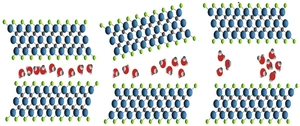
MXene as a frame for 2D water films shows new properties
Research team investigates phase changes of confined water at BESSY II:
An international team led by Dr. Tristan Petit and Prof. Yury Gogotsi has investigated MXene with confined water and ions at BESSY II. In the MXene samples, a transition between localised ice clusters to…
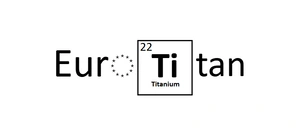
BAM researches more sustainable titanium production from industrial residues in EU project
LTB Lasertechnik Berlin in Adlershof provides support with real-time analysis method:
Titanium metal is a critical raw material that the EU imports largely from Kazakhstan, Russia, and China. The Federal Institute for Materials Research and Testing (BAM) is part of a large EU consortium that aims to…
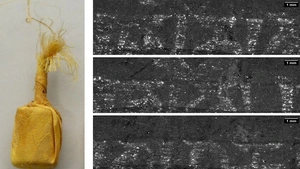
Scrolls from Buddhist shrine virtually unrolled at BESSY II
HZB team used 3D X-ray tomography and AI for non-destructive investigation:
The Mongolian collection of the Ethnological Museum of the National Museums in Berlin contains a unique Gungervaa shrine. Among the objects found inside were three tiny scrolls, wrapped in silk. Using 3D X-ray…
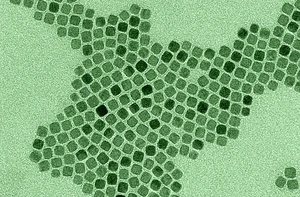
Study shows urgent need for reference materials for nanoparticles
BAM and Metrology Research Centre have developed two new nano reference materials:
Whether in electronic components, innovative medicines, or modern environmental analysis, nanomaterials are found in many technologies of the future. Precise reference standards are needed to ensure that they can be…

Advancing time-resolved X-ray science
Novel method gives researchers insight into ultrafast processes and dynamics of materials:
An international team of researchers around IKZ scientist Dr. Peter Gaal has demonstrated a novel approach to time-resolved X-ray diffraction, combining advanced Hadamard timing schemes with a novel device called the…
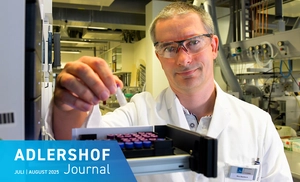
Hormones, steroids and more
Protein drinks and dietary supplements are in the focus of Landeslabor Berlin-Brandenburg:
Landeslabor Berlin-Brandenburg, the region’s state laboratory, is engaged in regular testing of protein drinks and dietary supplements as part of the German government’s official food control. Inspectors are on the…
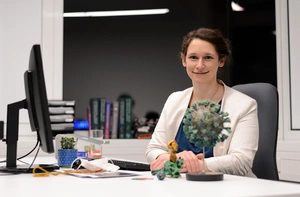
New department at HZB: ‘AI and Biomolecular Structures’
Andrea Thorn, head of the department, brings many years of experience in AI-based tools for structural biology:
Since 1 July 2025, Dr. Andrea Thorn has been setting up the new AI and Biomolecular Structures department at HZB. A biophysicist with many years of experience in AI-based tools for structural biology, she is looking…
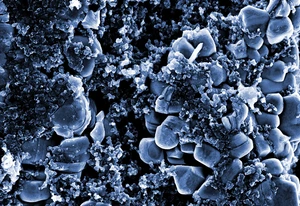
BAM investigates nanomaterials in lithium-ion batteries
Possible risks during production, use and disposal should be assessed more reliably:
The Federal Institute for Materials Research and Testing (BAM) is working with partners from Italy and France to investigate the safety of nanomaterials in lithium-ion batteries (LIBs). The aim is to develop reliable…
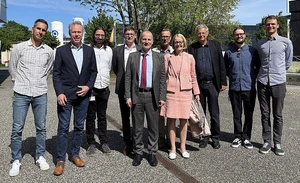
Parts for ESA's NewAthena X-ray telescope are produced in Adlershof
Agreement on the production of mirror modules in the PTB laboratory at BESSY II:
For more than 30 years, there have been cooperation agreements between PTB and the European Space Agency (ESA) on the use of synchrotron radiation for the characterisation of detectors, filters and mirrors for X-ray…
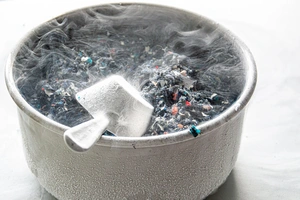
BAM develops certified PFAS reference material made from used outdoor clothing
Important step on the road to a circular economy:
The Federal Institute for Materials Research and Testing (BAM) has developed a reference material for per- and polyfluoroalkyl substances (PFAS) in outdoor textiles. It serves to ensure the reliability of analytical…

The start-up manager
Maxine Silvestrov manages operations at Quantune Technologies:
Measuring biomarkers without having to insert a needle into a vein and without drawing even a millilitre of blood to send to a lab. Easy, clean, and painless—and useable at any given time. This is a scientific vision…

New materials as highly sensitive X-ray detectors
Organic-inorganic hybrid materials are ideally suited and can be produced in a green way using ball milling:
New bismuth-based organic-inorganic hybrid materials show exceptional sensitivity and long-term stability as X-ray detectors, significantly more sensitive than commercial X-ray detectors. In addition, these materials…
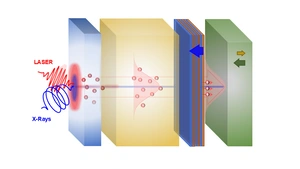
Insight into ultrafast spin processes with femtoslicing
Worldwide unique infrastructure for spintronics research at BESSY II:
An international team has succeeded at BESSY II for the first time to elucidate how ultrafast spin-polarised current pulses can be characterised by measuring the ultrafast demagnetisation in a magnetic layer system…
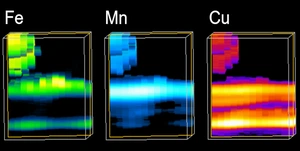
Ageing processes of lithium button cells made visible
For the first time, scientists were able to observe how the composition of lithium-ion batteries changes during charge cycles:
Lithium button cells with electrodes made of nickel-manganese-cobalt oxides (NMC) are very powerful. Unfortunately, their capacity decreases over time. Now, for the first time, a team has used a non-destructive method…

Nanoparticle shield makes luminescent molecules more durable for high-tech applications
Silica particles shield luminescent molecules from oxygen:
They are tiny but glow intensively: special light-emitting molecules used in environmental analysis, medical diagnostics, and energy research. However, their luminescence intensity can be significantly reduced by…

New instrument at BESSY II for investigating energy materials
OÆSE endstation in EMIL offers insights into dynamic electrochemical processes:
A new instrument is now available at BESSY II for investigating catalyst materials, battery electrodes and other energy devices under operating conditions: the Operando Absorption and Emission Spectroscopy on EMIL…
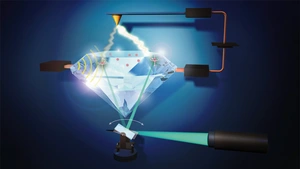
An elegant method for the detection of single spins using photovoltage
The approach of an HZB team could lead to a much more compact design of quantum sensors:
Diamonds with certain optically active defects can be used as highly sensitive sensors or qubits for quantum computers, where the quantum information is stored in the electron spin state of these colour centres.…